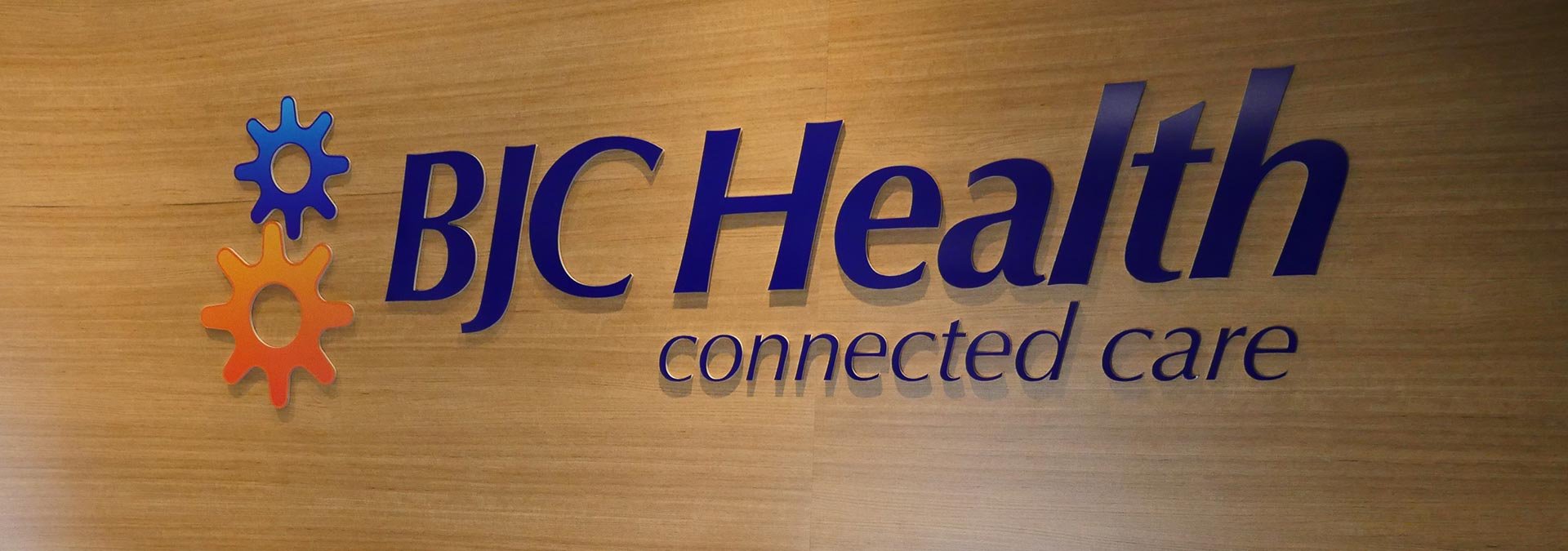If you need to fail two DMARDs before going onto a biologic, is that not missing the window of opportunity?

This post is written in response to a very perceptive question by a regular contributor to this blog, Naomi Creek.
I have previously written about the need for early, aggressive therapy in Rheumatoid Arthritis. This is because there appears to be a period early in the disease, when effective treatment will have it's best chance for effect. In a real world setting, this leads to less longer term pain and suffering, less joint damage and therefore, less joint deformity.
This is referred to as the Window of Opportunity.We don't know exactly how long this window period lasts but it's probably in the 1st 6-12 months of disease.
If that's the case, the question is how we take advantage of this period and how aggressive the treatment needs to be early on. Lots of current studies are being conducted to try and answer this.
A big issue is how to get patients starting to suffer these symptoms into a rheumatologist's rooms as soon as possible for the diagnosis to be made. An essential step before effective treatment is typically prescribed. This is a problem and will need a separate post, some other day.
Naomi asks:
"with the system here in Australia, patients cannot just go straight onto combined therapy [talking about biologic combo], so has their window of opportunity for remission gone?"
"If a patient has to fail two DMARDs before going onto a biologic – say at the 6 month mark, is that not missing the window of opportunity?"
My response:
The trials suggest that the use of combination TNF inhibitor therapy and Methotrexate in early rheumatoid arthritis leads to better results than Methotrexate alone. For example, the OPTIMA study or the COMET study.
The issue is cost. Most of our societies are not coping with the increasing costs of healthcare. And this needs to be contained.
So different strategies need to be considered and then tested in trials to help guide our real world decisions.
Take the OPTIMA study I mentioned above.
While it's true the use of Adalimumab/Methotrexate compared to Methotrexate led to better outcomes at the 6 month mark, the addition of Adalimumab to the group of patients treated with Methotrexate alone who did not have an adequate response at the 6 month mark then allowed this group to "catch up".
By that I mean, the longer term clinical and functional outcomes of both groups became comparable at 1 year and further.
This is good to see. It suggests that our current Australian system where we can only use a biologic at 6 months after the failure of 2 traditional DMARDs will still lead to good results.

